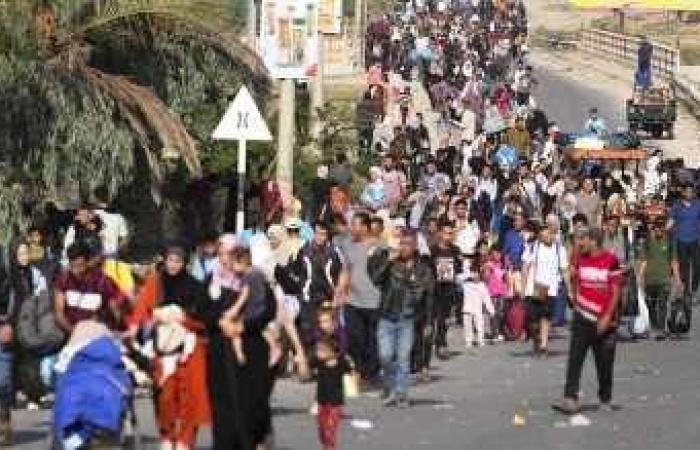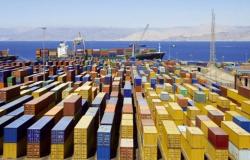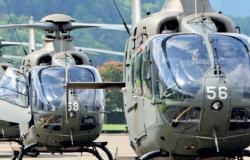The United Nations Relief and Works Agency for Palestine Refugees (UNRWA) expects on Tuesday that 250,000 Palestinians will again be forced to flee the city of Khan Younis, despite the fact that there is no safe place in the Gaza Strip, which is besieged on all sides.
UNRWA said in a message on the “X” platform that just weeks after people were forced to return to the destroyed city of Khan Younis (southern Gaza Strip), the Israeli occupation authorities issued new evacuation orders for the area.
She added: “Once again, families are facing forced displacement, and our estimates indicate that 250,000 people will be forced to flee, even though there is no safe place in Gaza.”
The Israeli army intensified its bombardment of Khan Younis today in preparation for a new military operation it threatened to launch on the city, while media reports spoke of a “difficult event” facing an Israeli force in the Gaza Strip.
For several hours, the eastern and southern areas of Khan Younis were subjected to airstrikes and rings of fire. Palestinian websites published images showing the heavy nighttime bombardments.
Yesterday, the occupation army warned several areas east of Khan Younis to evacuate immediately, claiming that these were dangerous combat zones, threatening in a recorded call received by residents of the eastern areas to “act with extreme force and immediately in the area.”
The areas that the army had warned to evacuate witnessed a significant movement of displacement, and the majority of the displaced people headed towards the Al-Mawasi area, west of Khan Younis, which was already populated by displaced people, according to eyewitnesses.
Al-Mawasi are sandy areas along the coastline, stretching from southwest of the city of Deir al-Balah in the middle of the Gaza Strip, through western Khan Younis to western Rafah.
The area is largely open and non-residential. It also lacks infrastructure, sewerage systems, power lines, communication networks and internet, and most of its land is divided into agricultural or sand greenhouses.






